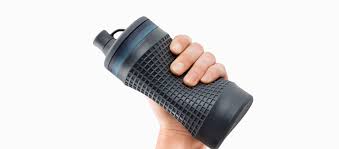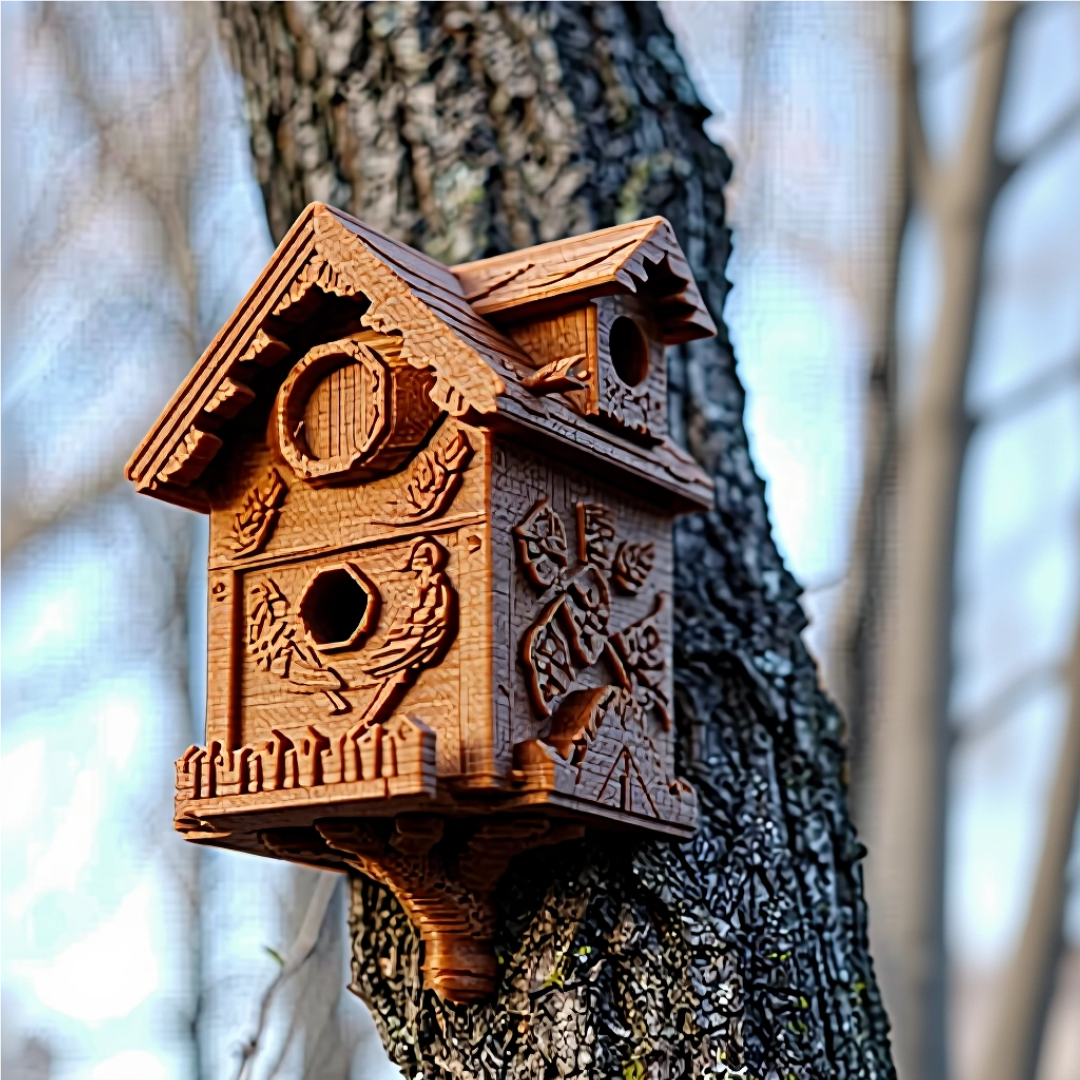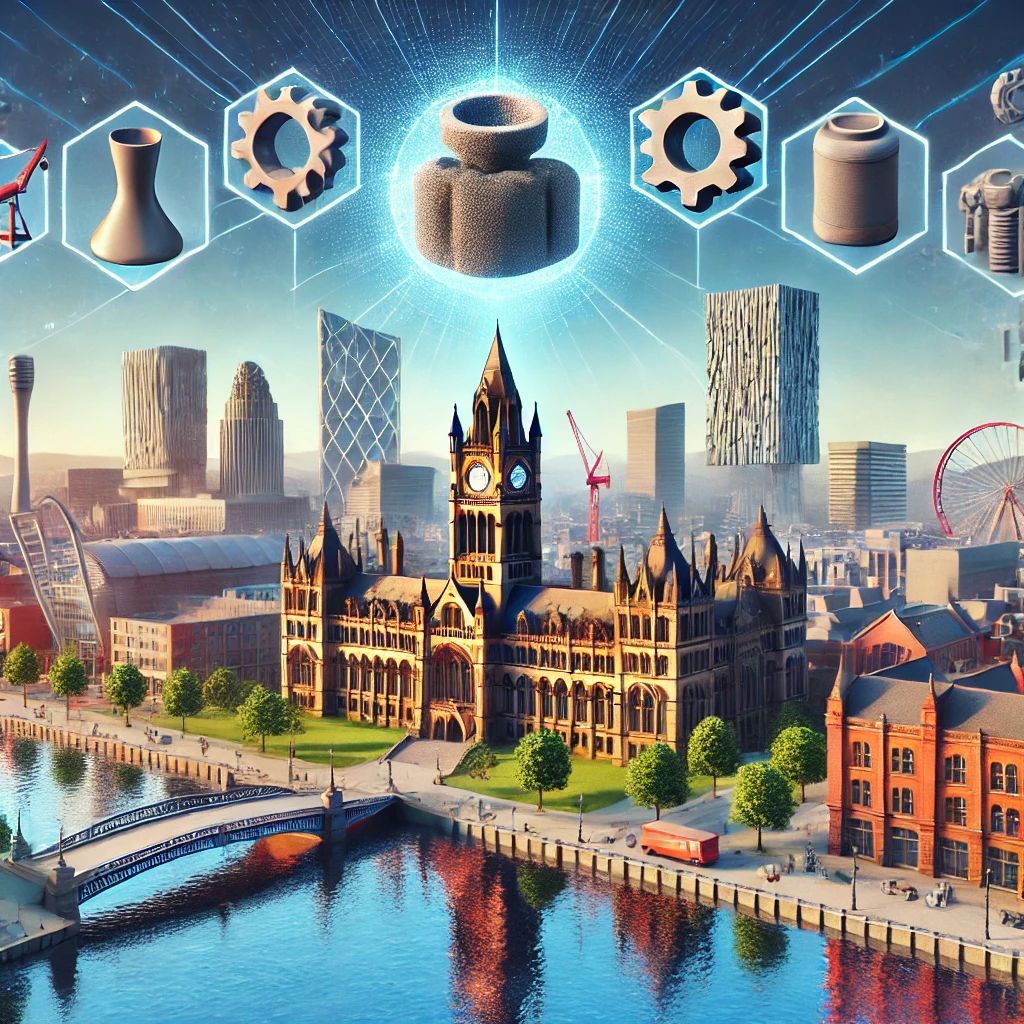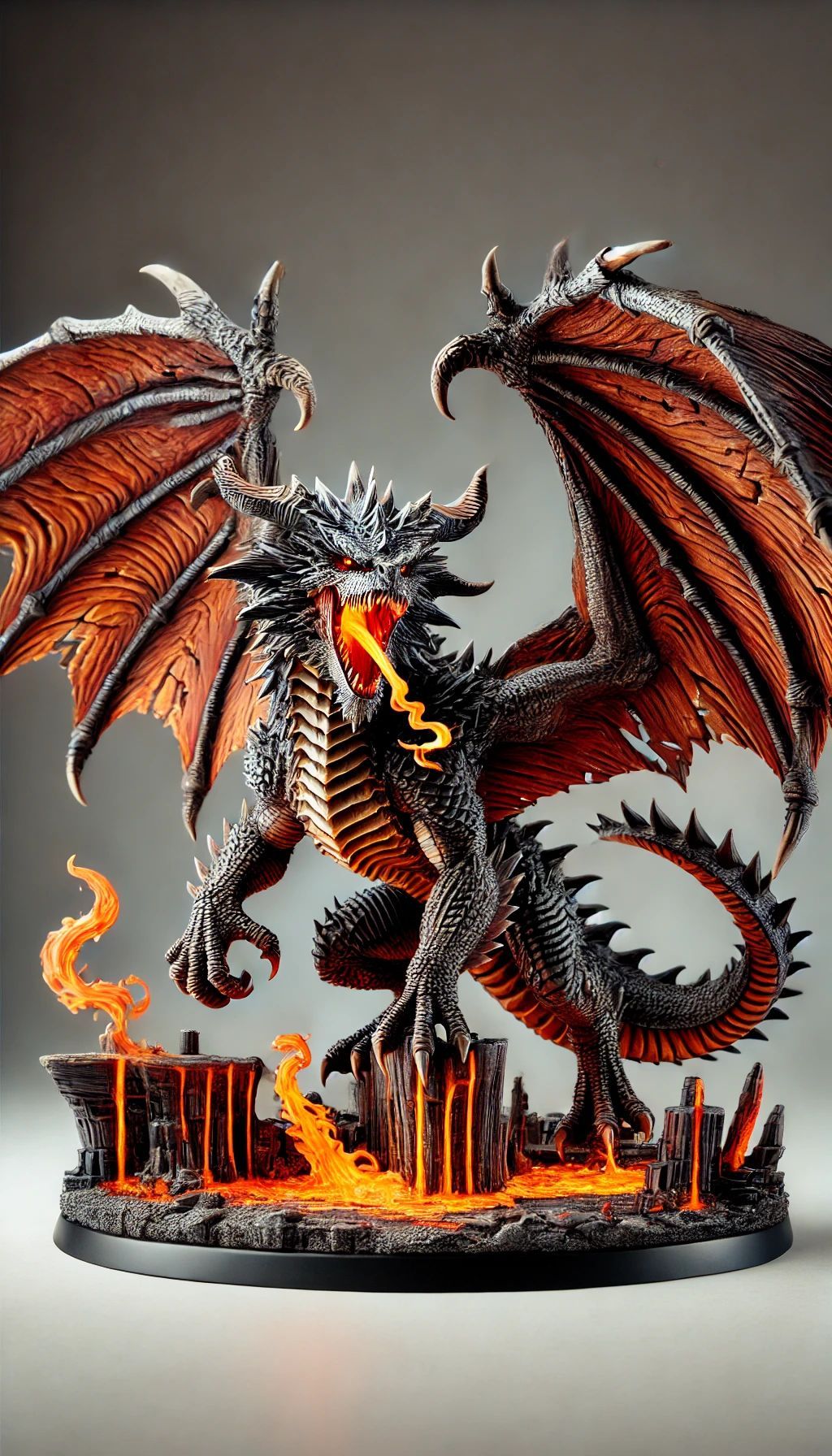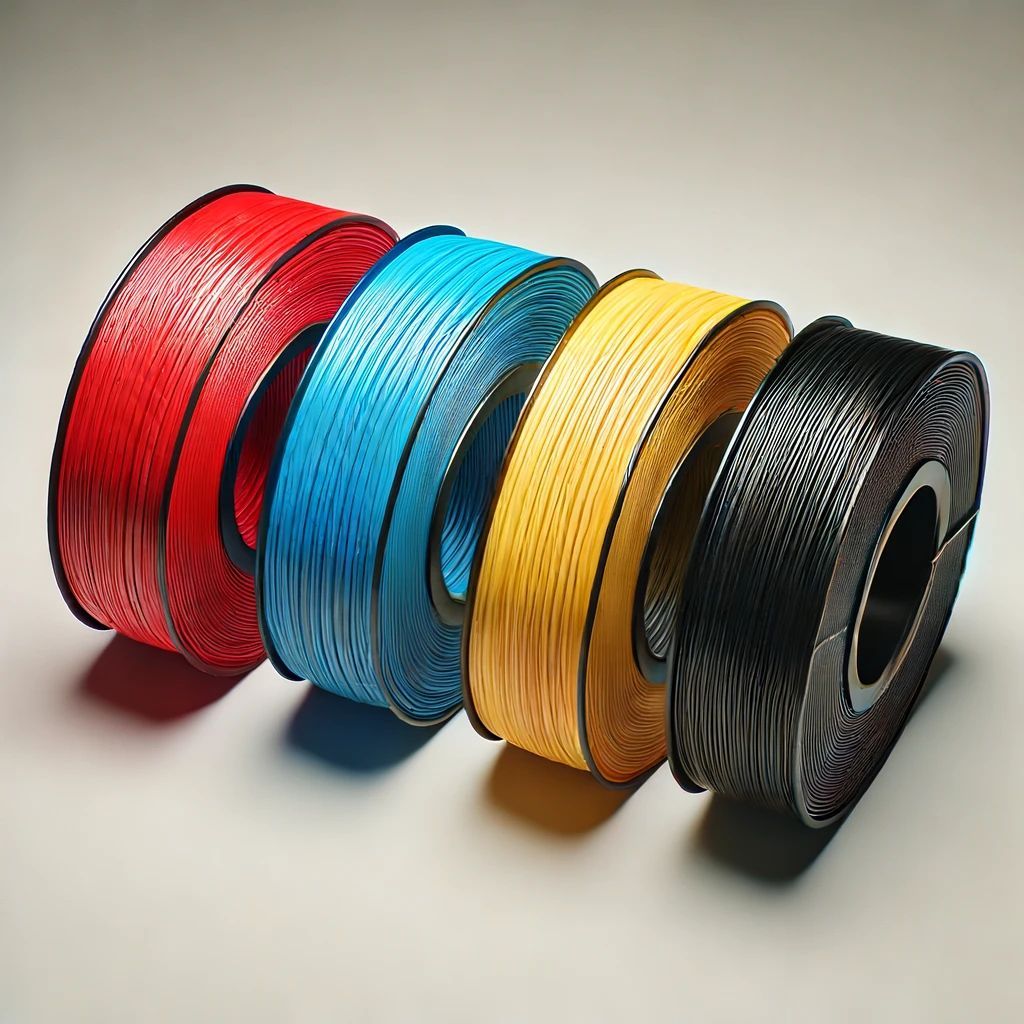Flexible Resin
When to use this material:
- Whenever you need elasticity or bend in your part (gaskets, seals, grips)
- Parts that have to deform during use but return to shape
- In prototypes checking how materials behave under flex / repeated bending
Mini case study:
We printed a flexible housing seal for a small electronics enclosure (to test how well it squeezed into place). The flexible resin let us check sealing under compression cycles and see if it lost shape over time.
SOME INFOMATION ABOUT THE MATERIAL
Flexible resin is a type of UV-cured 3D printing resin that mimics the properties of rubber. It stands out for creating firm but flexible parts, and how stiff or flexible these parts are depends on the Shore hardness of the resin when cured.
For example, if you want to create a flexible part with a Shore hardness of 80A, you would need to use a resin with a high degree of flexibility. Alternatively, if you want to create a stiffer part with a Shore hardness of 85D, you would need to use a resin with less flexibility.
Flexible resin is available in a variety of Shore hardness levels, from A to D, and each level has its own unique set of properties. For instance, Shore A resins are the softest and most flexible, while Shore D resins are the hardest and most rigid.
In between these extremes, you have Shore B and Shore C resins, which offer a balance of flexibility and stiffness. No matter what Shore hardness you choose, flexible resin always offers excellent print quality and reliable results.



